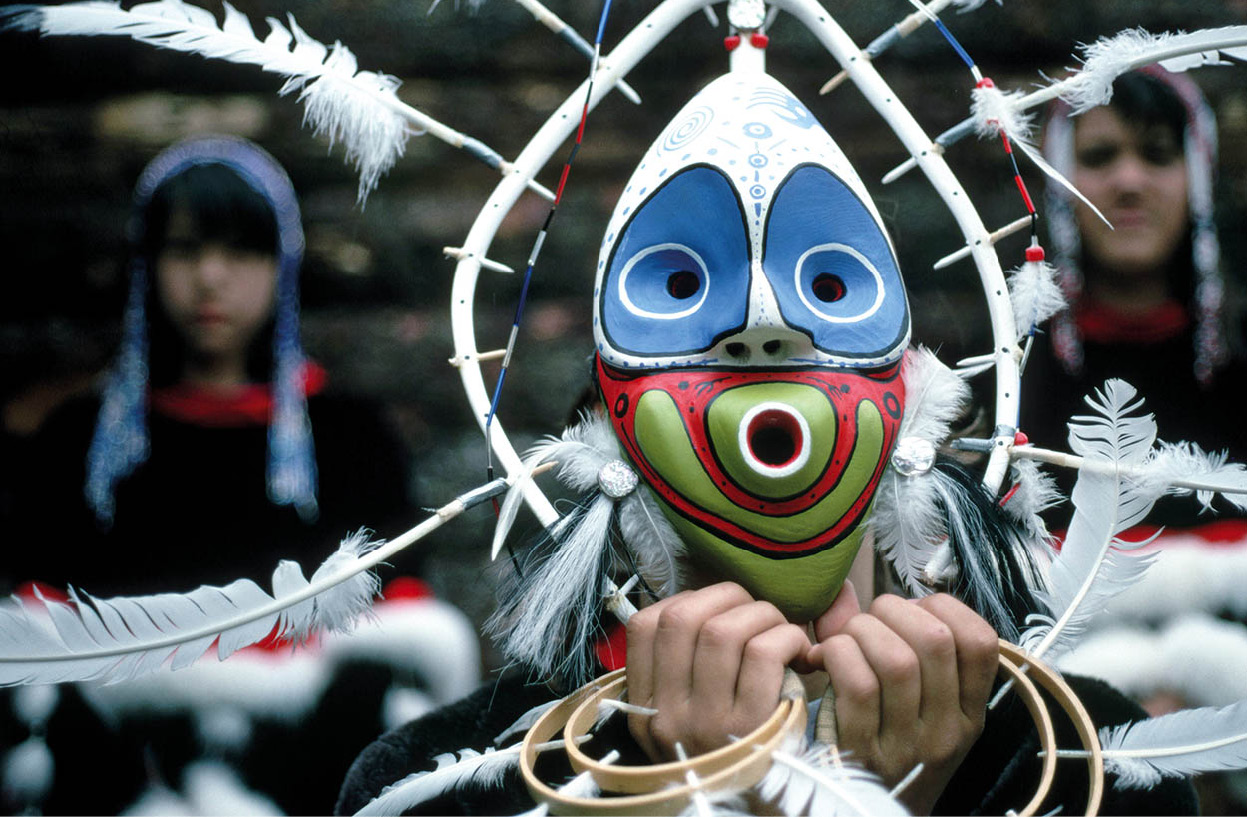Evidence of the original band of Seattleites, the Duwamish, can be hard to find, but the city does have numerous resources for learning about native art and culture. The tribes that are the best documented are those of Southeast Alaska and British Columbia.
The Burke Museum of Natural History and Culture (for more information, click here), on Seattle’s University of Washington campus, has one of the country’s largest collections of Northwest coastal native art and artifacts. These include totem poles, model canoes, baskets, tools, and a house front. It’s a very interesting place to visit.
The Seattle Art Museum (for more information, click here) also has a valuable First Nations collection, with many fine pieces created by members of the Tlingit, Haida, and Makah tribes.
The Daybreak Star Cultural Center (for more information, click here), in Seattle’s Discovery Park, coordinates events and services for the city’s native population. The center also has a collection of contemporary tribal art, and a small gallery where traveling shows are staged.

A Tlingit dream catcher.
Corbis
Chief Joseph of the Nez Perce